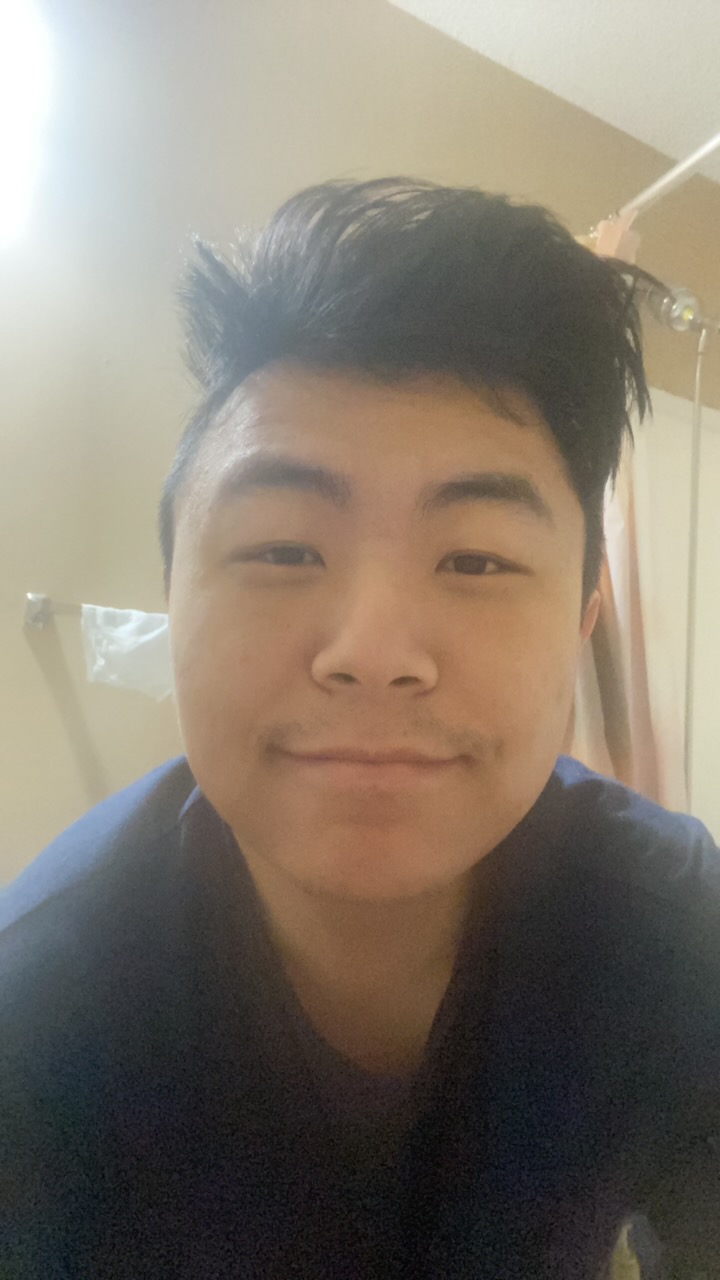Biomedical Imaging and Instrumentation
(G-271) Photoacoustic Tomography Image Denoising based on the Noise2Noise Network
Friday, October 13, 2023
3:30 PM - 4:30 PM PDT
Location: Exhibit Hall - Row G - Poster # 271

Yanda Cheng
Researcher
University of Buffalo
Buffalo, New York, United States
Presenting Author(s)
Introduction:: In this study, we propose an unsupervised deep learning network based on the Noise2Noise model to improve the quality of linear-array-based photoacoustic tomography (PAT) images, especially in foot vascular imaging. PAT has been used for tissue perfusion assessment in the diagnosis of chronic leg ulcers, but the imaging results are often affected by multiple types of noise due to the complex environment, such as EMI noise and thermal noise.
Materials and Methods:: Median filtering and wavelet denoising are popular traditional techniques used to reduce the noise in PAT images. However, these methods may not always be effective in removing all sources of noise and result in a loss of image quality. Noise2Noise model has the advantage of denoising a combination of noises, making it flexible and suitable for different noise patterns in real-world situations. It does not require ground truth data for training. This is particularly useful in the case of PAT imaging, where ground truth data is not readily accessible in real-world scenarios. Instead, the network is trained using multiple pairs of noisy images of the same scene, allowing it to learn the statistical properties of the noise and how to remove it effectively.
Results, Conclusions, and Discussions:: To validate our Noise2Noise model ability in vivo data, we applied the network to the human foot imaging results. For better illustration, the 3D imaging results are presented using maximum amplitude projection (MAP) along the axial and lateral directions. The cross sectional of one foot imaging result is shown in the figure 1, where Figure (a) shows the original reconstructed data and the Figure (b) shows the denoised result using Noise2Noise network. The deep tissue vascular features are now more visible. Also, unlike traditional denoising methods, which sometimes removes both signal and noise simultaneously, the Noise2Noise network extracts the vascular features from the noisy background. In addition, the model also has the ability to generalize well to new unseen noise patterns and imaging modalities, as it has been trained on a large dataset consisting of images with varying levels of noise. We believe this method will have a wide application in PAT.
Acknowledgements (Optional): :
References (Optional): :
Materials and Methods:: Median filtering and wavelet denoising are popular traditional techniques used to reduce the noise in PAT images. However, these methods may not always be effective in removing all sources of noise and result in a loss of image quality. Noise2Noise model has the advantage of denoising a combination of noises, making it flexible and suitable for different noise patterns in real-world situations. It does not require ground truth data for training. This is particularly useful in the case of PAT imaging, where ground truth data is not readily accessible in real-world scenarios. Instead, the network is trained using multiple pairs of noisy images of the same scene, allowing it to learn the statistical properties of the noise and how to remove it effectively.
Results, Conclusions, and Discussions:: To validate our Noise2Noise model ability in vivo data, we applied the network to the human foot imaging results. For better illustration, the 3D imaging results are presented using maximum amplitude projection (MAP) along the axial and lateral directions. The cross sectional of one foot imaging result is shown in the figure 1, where Figure (a) shows the original reconstructed data and the Figure (b) shows the denoised result using Noise2Noise network. The deep tissue vascular features are now more visible. Also, unlike traditional denoising methods, which sometimes removes both signal and noise simultaneously, the Noise2Noise network extracts the vascular features from the noisy background. In addition, the model also has the ability to generalize well to new unseen noise patterns and imaging modalities, as it has been trained on a large dataset consisting of images with varying levels of noise. We believe this method will have a wide application in PAT.
Acknowledgements (Optional): :
References (Optional): :
